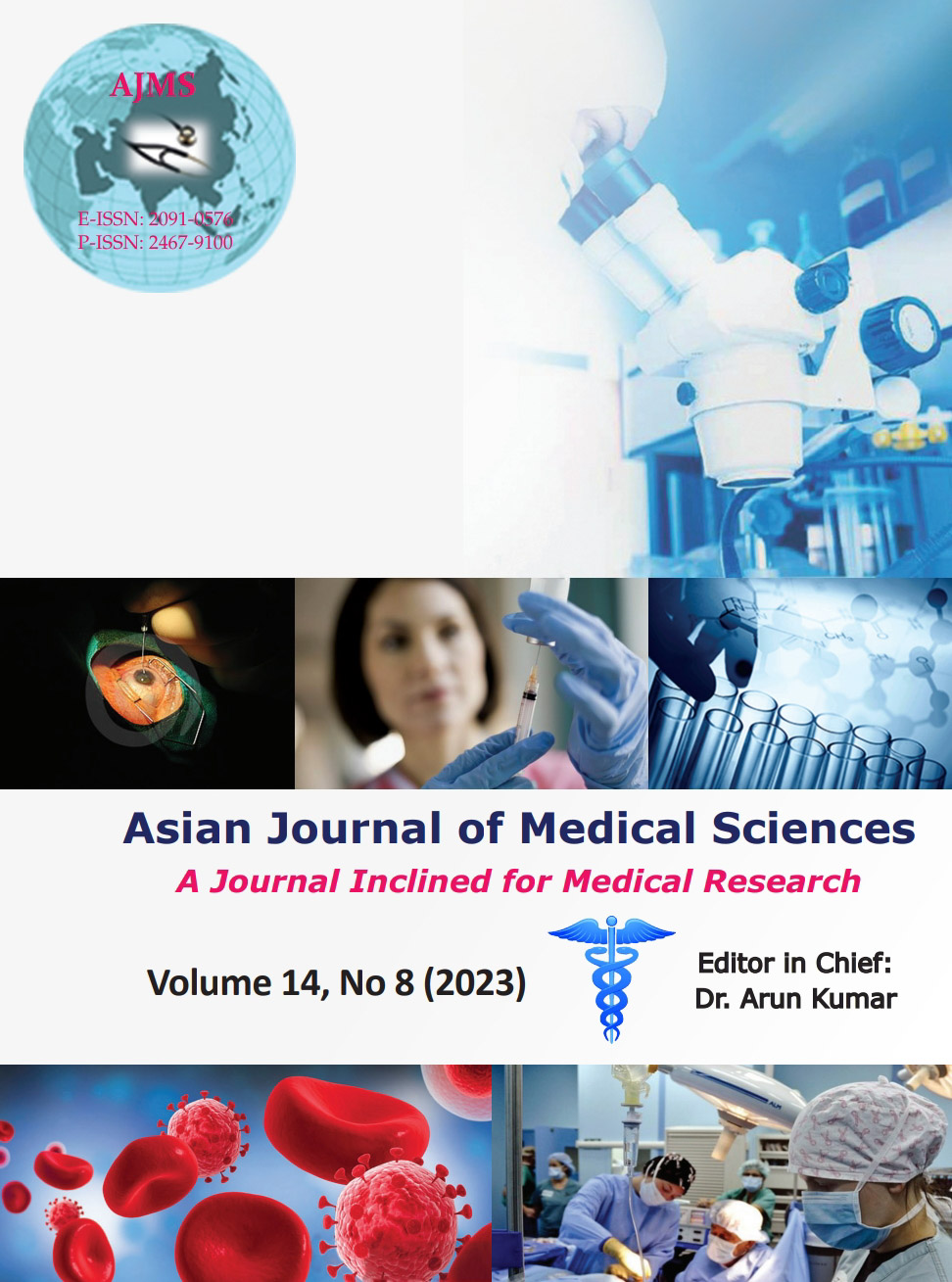A study to assess the efficacy of local applicants to prevent complications of diabetic foot
Keywords:
Diabetes; Ulcers; Antibiotics; AmputationAbstract
Background: Diabetes is one of the most common comorbid illnesses in our community. Diabetes is associated with numerous complications related to microvascular, macrovascular, and metabolic etiologies. One of its complications in long course is diabetic foot ulcer and the associated morbidity and mortality is a major health issue.
Aims and Objectives: This study was conducted to describe the lesions we treat, study and compare outcomes and to identify measures to decrease morbidity and mortality due to diabetic foot disease.
Materials and Methods: All patients who attended general surgery outpatient department at M.Y. Hospital (M.P.) India between July 1st 2021 and June 30th, 2022 were included in this study with nonhealing Diabetic foot Ulcer Wagners Stage 3 for more than 2 weeks without any other comorbidities.
Results: Majority of the patients presented with higher grade and with poor glycemic control at the time of presentation. Conservative management with antibiotics was useful in a small subset of the patients. Majority of the patients needed surgical treatment in the form of debridement to amputations.
Conclusion: Diabetic limb disease is more prevalent in male sex commonly in 51–60 years of age group. 74% of patients presented with foot ulcer and Staphylococcus aureus was found the most common microorganism in pus culture from wounds. Local applicants are effective in controlling ulcers. In our study, hydrogel with colloidal silver was most effective followed by silver nitrate. Early and aggressive treatment of these ulcers can prevent the rate of amputation.
Downloads
Downloads
Published
How to Cite
Issue
Section
License
Copyright (c) 2023 Asian Journal of Medical Sciences

This work is licensed under a Creative Commons Attribution-NonCommercial 4.0 International License.
Authors who publish with this journal agree to the following terms:
- The journal holds copyright and publishes the work under a Creative Commons CC-BY-NC license that permits use, distribution and reprduction in any medium, provided the original work is properly cited and is not used for commercial purposes. The journal should be recognised as the original publisher of this work.
- Authors are able to enter into separate, additional contractual arrangements for the non-exclusive distribution of the journal's published version of the work (e.g., post it to an institutional repository or publish it in a book), with an acknowledgement of its initial publication in this journal.
- Authors are permitted and encouraged to post their work online (e.g., in institutional repositories or on their website) prior to and during the submission process, as it can lead to productive exchanges, as well as earlier and greater citation of published work (See The Effect of Open Access).




